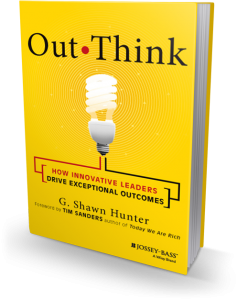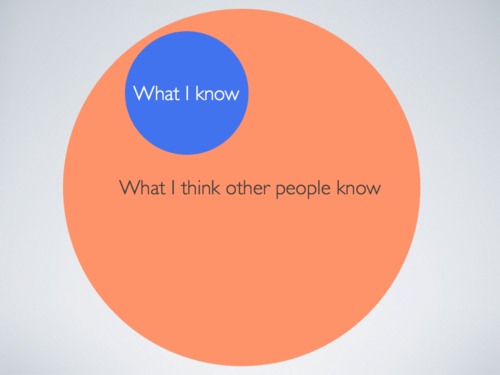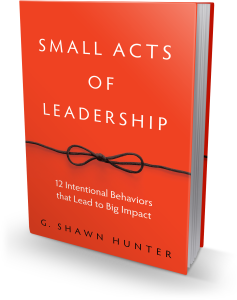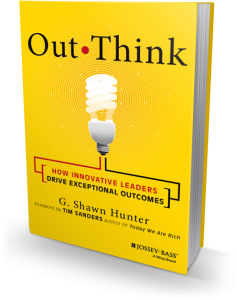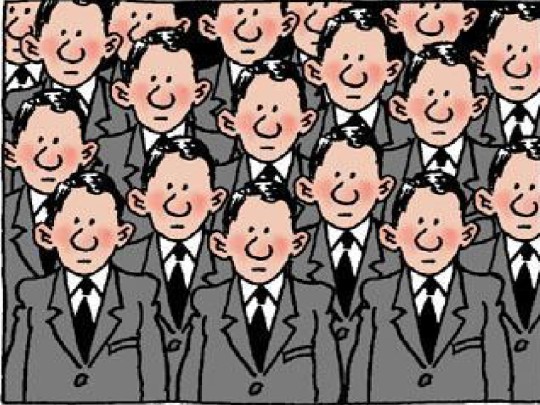Do You Know When to Disobey?
What if your boss asks you to do something you think is wrong? What if there are practices your company engages in that are just ridiculous, or redundant? Or worse, what if there is an institutionalized process in your company that you think is flat-out unethical?
Maybe you work in a look-the-other-way culture, or a get-it-done-at-all-costs culture. What do you do?
According to a survey of 1600 managers in the UK, unethical behavior at work is common and widespread. In the survey, these managers reported the top ten questionable behaviors include:
- Taking shortcuts / accepting or encouraging shoddy work: 72%
- Lying to hide mistakes: 72%
- Badmouthing colleagues: 68%
- Blaming colleagues (when you don’t get your work done): 67%
- Slacking off when no one is watching: 64%
- Lying to hide colleagues’ mistakes: 63%
- Taking credit for colleagues’ work: 57%
- Calling in sick (when you’re not): 56%
- Lying about skills and experience: 54%
- Stealing low value items from the company: 52%
So, what do you do when your boss asks, or simply suggests, you do something inappropriate? Here’s is what people at some of the highest performing companies do: they disobey – intelligently, politely, and firmly.
Intelligent disobedience is a term that originated in the dog training world, and has migrated over to business culture. In Ira Chaloff’s new book Intelligent Disobedience, he describes what can go horribly wrong when people blindly follow orders, and inversely, how high-performing organizations create cultures in which individuals think for themselves.
Training guide dogs can take up to three years, and the really hard stuff comes at about 18 months when trainers introduce concept of intelligent disobedience. To teach a guide dog to cross the street safely with a handler is pretty straightforward.
First you teach the dog to stop at the down curb, which indicates to the handler that you are at the edge of the street. Then you teach the dog to respond to a “forward” command to lead the handler to the other side of the street. No problem.
But training guide dogs to “intelligently disobey” is tricky work. What if you want to teach the dog to willfully contradict the command, and not lead when a car is approaching? Trainers will ride in an approaching vehicle and use nerf bats or squirt guns to gently correct them. It takes time and patience, but eventually guide dogs learn to assess the situation, and decide for themselves if the path is clear and safe to cross the street.
Many guide dogs start the training process, and most don’t make it through to final graduation. One of the biggest reasons guide dogs washout during the training process is they follow every single command without question.
The opposite of courage is not cowardice, it is conformity. Even a dead fish can go with the flow.
– Jim Hightower
In business settings, it can be tough to contradict your boss. Often, managers reflexively don’t like dissent. They may view it as insubordination. As Chaloff points out in his book, “…if obeying is likely to produce more harm than good, disobeying is the right move, at least until we have further clarified the situation and the order.”
Kirk O. Hansen, professor of social ethics at Santa Clara University suggests starting with a non-confrontational approach that might point out the questionable ethics of the order, such as “Do we have a policy on that?” or “Under what circumstances would we normally destroy documents?”
According to Chaloff, if ultimately you can’t stop your boss from his intentions and actions, at least you can choose not to participate yourself. Chaloff suggests you don’t step off that curb with him into oncoming danger, accept any short-term consequences, and focus on long-term integrity and character.
- Join my Email updates for regular updates on leadership and life
- Learn more about my Speaking work
-
- ____________________________________________________
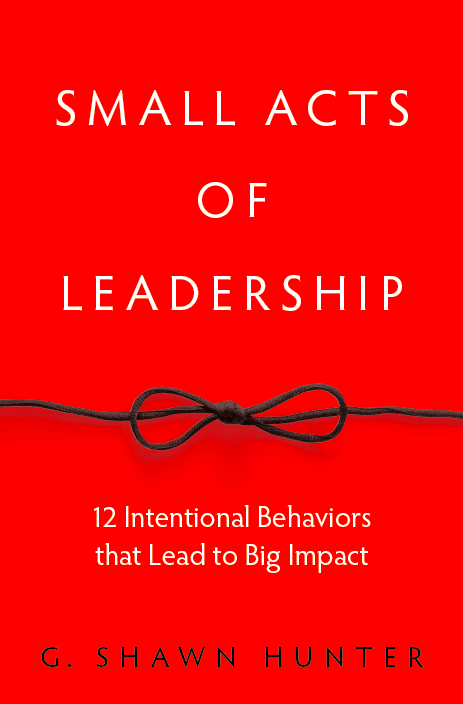
Twitter: @gshunter
Say hello: email@gshunter.com
Web: www.shawnhunter.com

